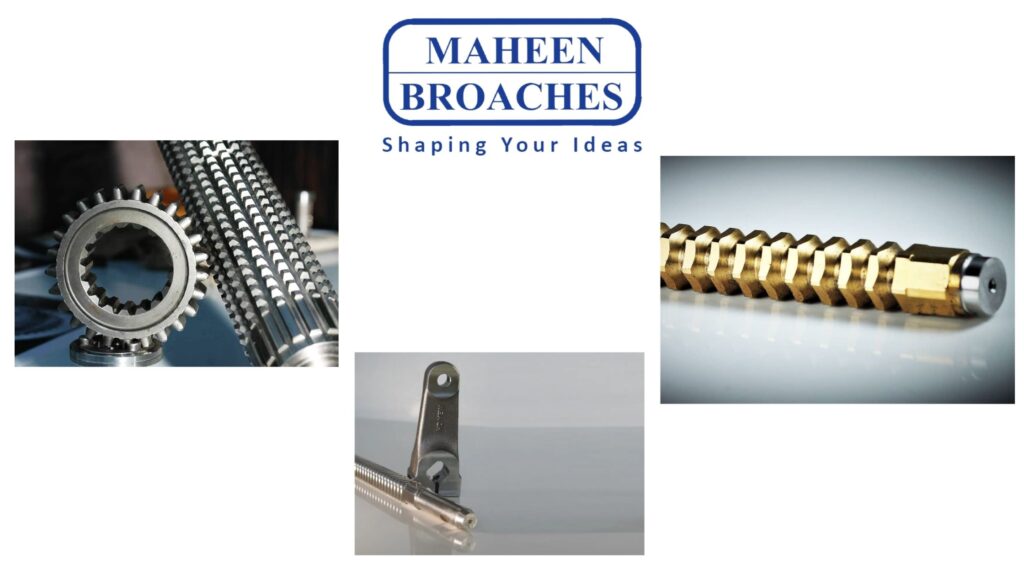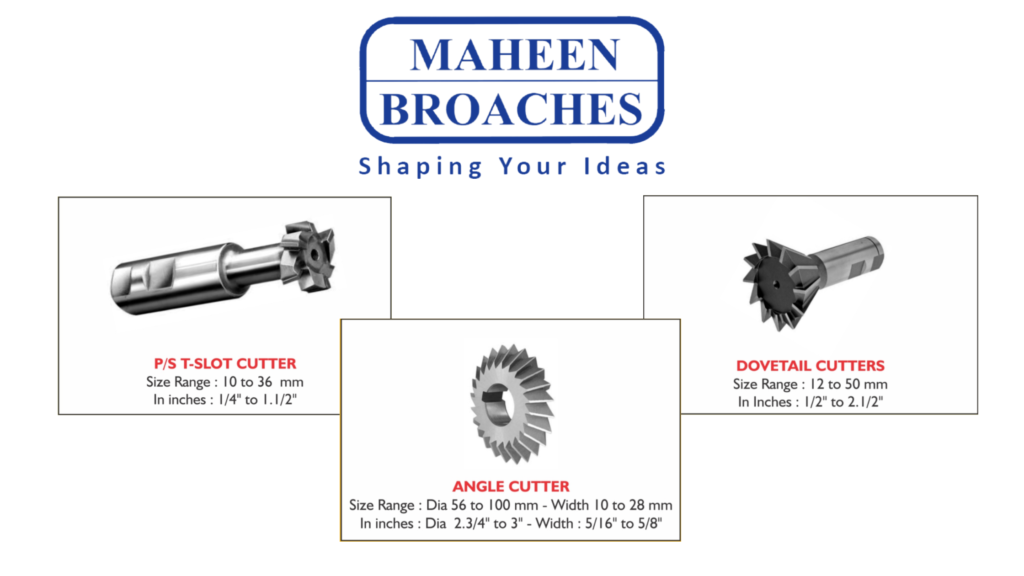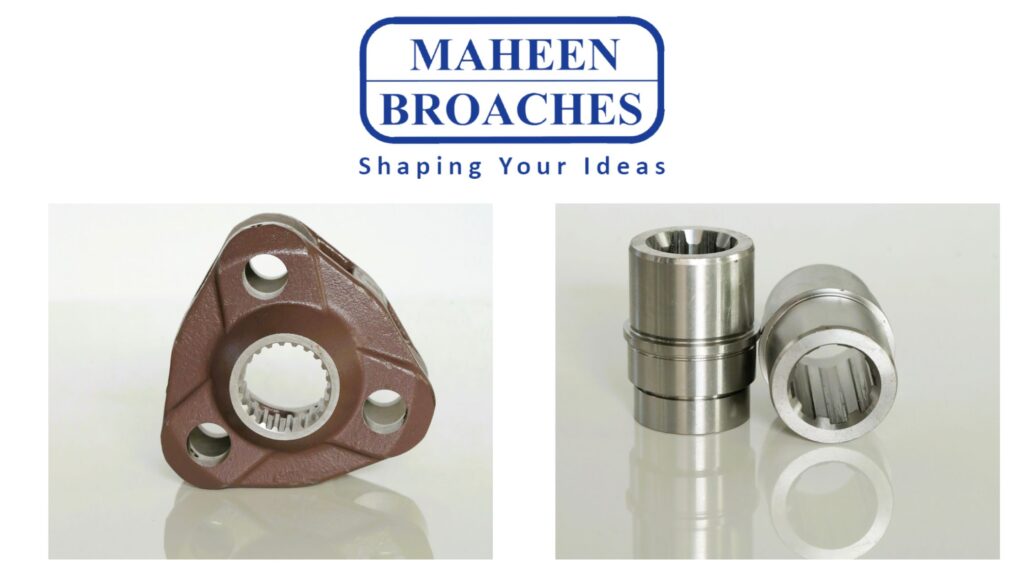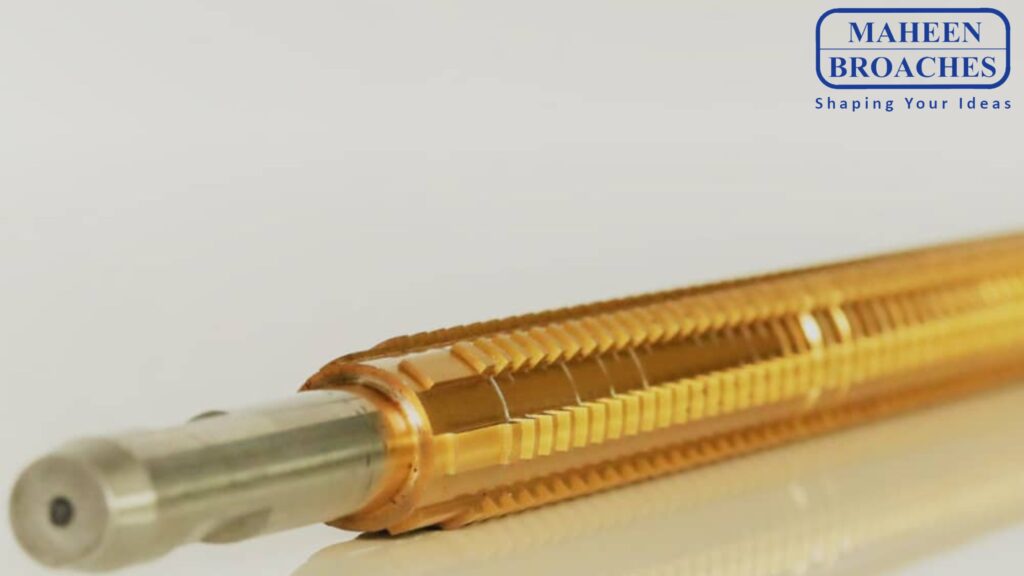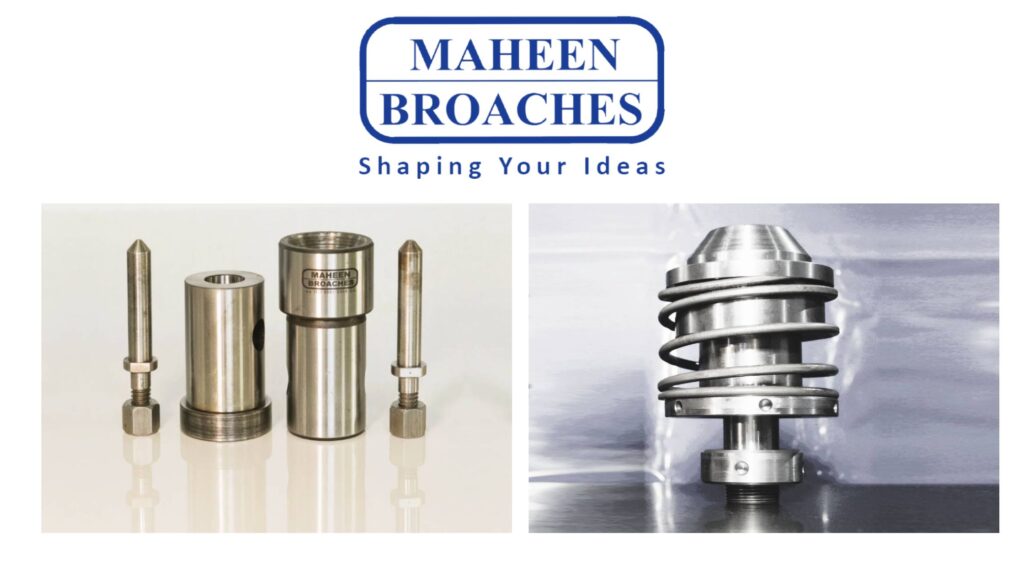In the world of precision machining, the importance of selecting the right tools cannot be overstated. Keyway broaches, essential for creating keyways in gears, pulleys, and other components, play a critical role in ensuring the accuracy and reliability of machined parts. Choosing the right keyway broach for your specific needs is crucial to achieving optimal results and maintaining efficiency in your manufacturing processes. In this blog, we’ll explore the factors to consider when selecting a keyway broach and how to make the best choice for your precision machining requirements.
Understanding Keyway Broaches
A keyway broach is a cutting tool used to create keyways, which are slots or grooves that allow a key to fit securely between a rotating machine component, such as a gear or pulley, and a shaft. These broaches are designed to remove material from the workpiece, forming a precise slot that ensures proper alignment and torque transfer between components.
Keyway broaches come in various shapes, sizes, and configurations, each suited to different applications and materials. Selecting the right broach involves understanding the specific requirements of your project and matching them with the appropriate tool.
Factors to Consider When Choosing a Keyway Broach
1. Material of the Workpiece
The material of the workpiece is one of the most important factors to consider when choosing a keyway broach. Different materials require different broach materials and designs to ensure efficient cutting and avoid excessive wear. For example:
High-speed steel (HSS) broaches are commonly used for cutting keyways in softer materials such as aluminum, brass, and mild steel.
Carbide-tipped broaches are better suited for harder materials like stainless steel, titanium, or hardened alloys, as they offer greater wear resistance and longevity.
2. Keyway Size and Tolerance
The size of the keyway you need to create will determine the size and type of broach required. Keyway broaches are available in a range of sizes to accommodate different keyway dimensions. It’s essential to choose a broach that matches the desired width, depth, and length of the keyway.
Additionally, precision machining often demands tight tolerances. Ensure that the broach you select can achieve the necessary tolerance levels for your application, as this will directly impact the fit and function of the final component.
3. Type of Broach
There are two main types of keyway broaches: push broaches and pull broaches. The choice between these depends on the specific requirements of your machining process:
Push broaches are typically used for smaller keyways and are pushed through the workpiece using a broaching press.
Pull broaches are used for larger keyways and are pulled through the workpiece, providing a more controlled and consistent cut. Pull broaches are often preferred for larger or more complex components.
4. Broach Length and Design
The length of the broach is another important consideration. Longer broaches are capable of cutting deeper keyways in a single pass, which can improve efficiency. However, longer broaches also require more cutting force, so ensure that your broaching machine is capable of handling the required load.
The design of the broach, including the number of teeth and their spacing, also affects cutting performance. Broaches with more teeth and finer spacing are ideal for creating smooth, precise cuts, while those with fewer teeth and wider spacing are better for roughing out material.
5. Machine Capability
It’s essential to consider the capabilities of your broaching machine when selecting a keyway broach. Ensure that your machine can accommodate the size and type of broach you need, as well as the required cutting forces. Additionally, consider the machine’s speed and feed rates, as these will influence the broaching process and the final quality of the keyway.
6. Cost and Tool Longevity
While cost is always a consideration, it’s important to balance the initial cost of the broach with its expected lifespan and performance. Investing in a higher-quality broach that offers greater durability and precision can ultimately save money in the long run by reducing tool wear, minimizing downtime, and ensuring consistent quality.
Regular maintenance and sharpening can also extend the life of your keyway broaches, so consider the availability of these services when selecting a tool.
7. Customization Options
In some cases, standard keyway broaches may not meet your specific needs. Many manufacturers offer custom broaching solutions, allowing you to specify the exact dimensions, materials, and design features required for your application. Custom broaches can be an excellent choice for specialized or high-precision projects.
Conclusion
Choosing the right keyway broach is a critical decision that can impact the efficiency, accuracy, and quality of your precision machining operations. By considering factors such as the material of the workpiece, keyway size and tolerance, broach type, machine capability, and cost, you can select a broach that meets your specific needs and ensures optimal performance.
Investing the time to carefully evaluate your options and choose the appropriate keyway broach will not only enhance your machining process but also contribute to the overall success of your manufacturing projects. Whether you’re working with standard components or specialized designs, the right keyway broach is key to achieving precision and reliability in your finished products.

